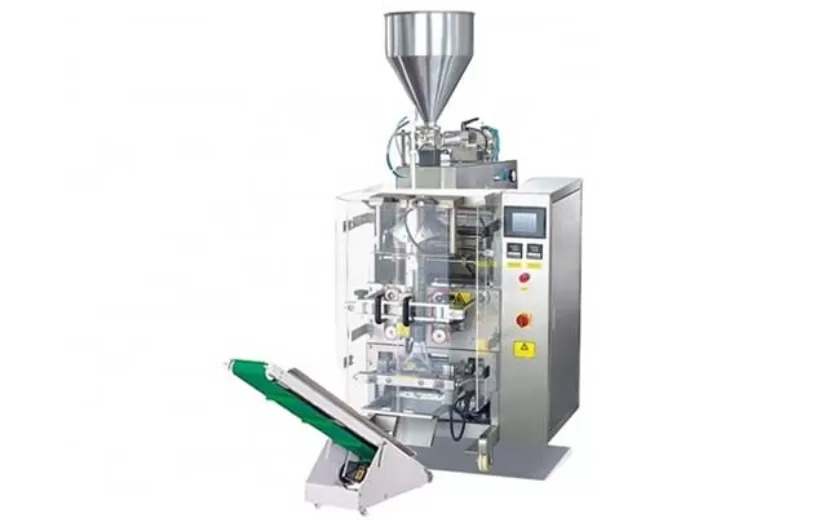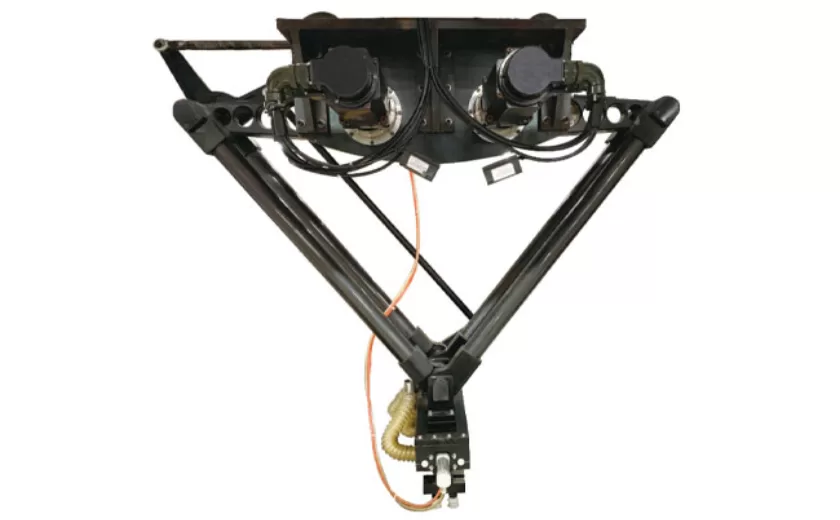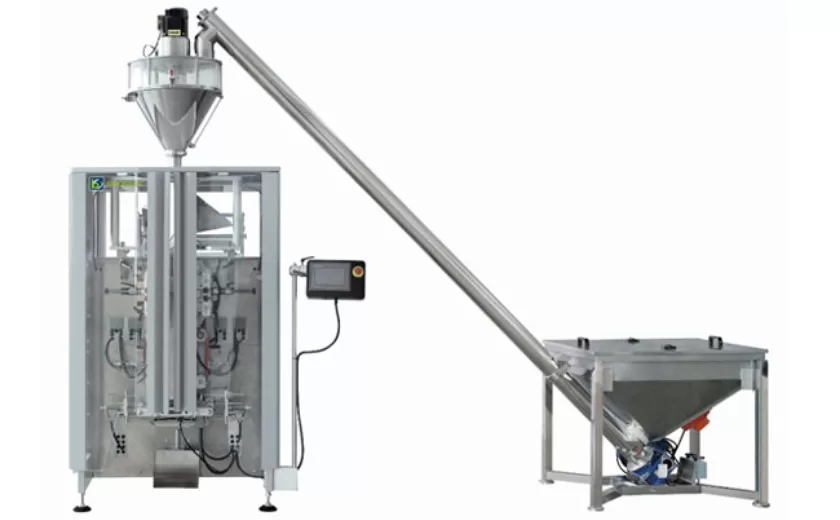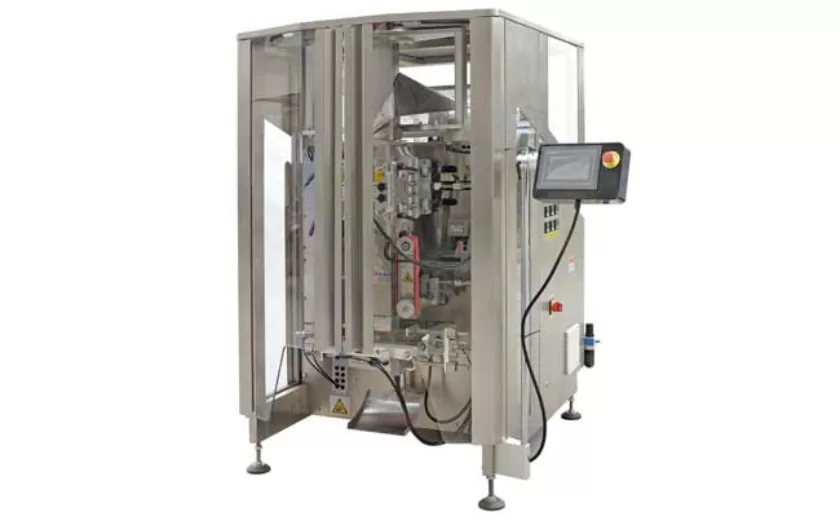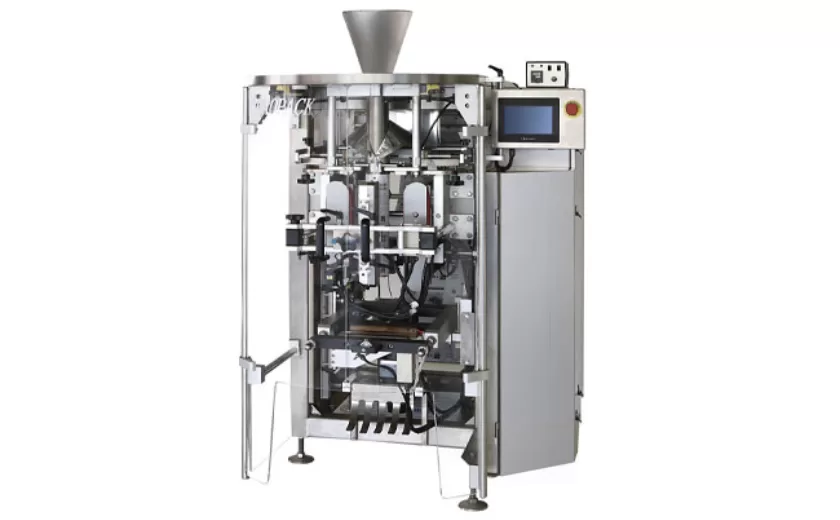Precision in Powder: The Ultimate Guide to Powder Weighing and Filling Machines
The Evolution of Powder Weighing and Filling Machines
From the days of manual scoops to the era of automated precision, powder weighing and filling machines have revolutionized industries worldwide. Whether it’s pharmaceuticals, food production, or chemical manufacturing, these machines play a crucial role in ensuring accuracy, efficiency, and consistency.
Advancements in technology have led to the development of sophisticated systems that can handle a wide range of powders with varying properties. High-speed automation, integrated sensors, and advanced algorithms have made these machines indispensable in modern production lines.
The Functionality and Benefits of Powder Weighing Machines
Accuracy is paramount when dealing with powders, where even the slightest variation can have significant impacts on the final product. Powder weighing machines utilize load cells, sensors, and precision mechanics to ensure that the exact amount of product is measured and dispensed.
By automating this process, manufacturers can minimize wastage, reduce human error, and increase productivity. Furthermore, the speed and efficiency of these machines enable companies to meet growing demands without compromising on quality.
Filling Machines: Enhancing Efficiency and Consistency
When it comes to filling containers with powdered substances, precision is key. Filling machines use a variety of technologies such as auger systems, vibratory feeders, and gravity-based mechanisms to accurately dispense powders into containers of different shapes and sizes.
Consistency in filling not only ensures product quality but also contributes to customer satisfaction. These machines can handle a wide range of containers, from bottles and bags to jars and pouches, making them versatile solutions for diverse industries.
The Role of Automation and Integration
Modern powder weighing and filling machines are often equipped with advanced automation features that streamline the production process. Integration with other systems like quality control, inventory management, and ERP software enables seamless operation and data tracking.
Real-time monitoring and adjustments ensure that any deviations are promptly addressed, maintaining product quality and avoiding costly downtime. The ability to collect and analyze data provides valuable insights for optimization and continuous improvement.
Challenges and Future Trends
While powder weighing and filling machines offer numerous advantages, challenges such as powder caking, static electricity, and varying bulk densities continue to be areas of focus for manufacturers. Research and development efforts are ongoing to tackle these issues and further enhance machine performance.
Future trends in the industry point towards increased customization, sustainability, and connectivity. Smart technologies, Internet of Things (IoT) integration, and AI-driven solutions are expected to play a significant role in shaping the next generation of powder handling equipment.
-
Advanced Packing Solutions: Snacks, Sugar, and Frozen Food Machines
29-10-2025 -
Efficient and Reliable Solutions for Salt, Nuts, and Frozen Dumplings Packing
29-10-2025 -
High-Performance Biscuits, Lollipop, and Ketchup Packing Machines for Modern Food Production
29-10-2025 -
Efficient Liquid Filling and Packing Machines for Modern Production
23-10-2025 -
Reliable Granule Packaging Machines for Efficient Production
23-10-2025 -
Efficient Auger Powder Filling Machines for Accurate Packaging
23-10-2025 -
High-Performance Liquid Filling and Packing Machines for Hygienic Production
10-10-2025 -
High-Efficiency Granule Packaging Machines for Precision and Speed
10-10-2025 -
High-Precision Auger Type Powder Filling Machines for Efficient Packaging
10-10-2025 -
Efficient Vertical Form Fill Seal Packaging Machines for Smart Production
10-10-2025







